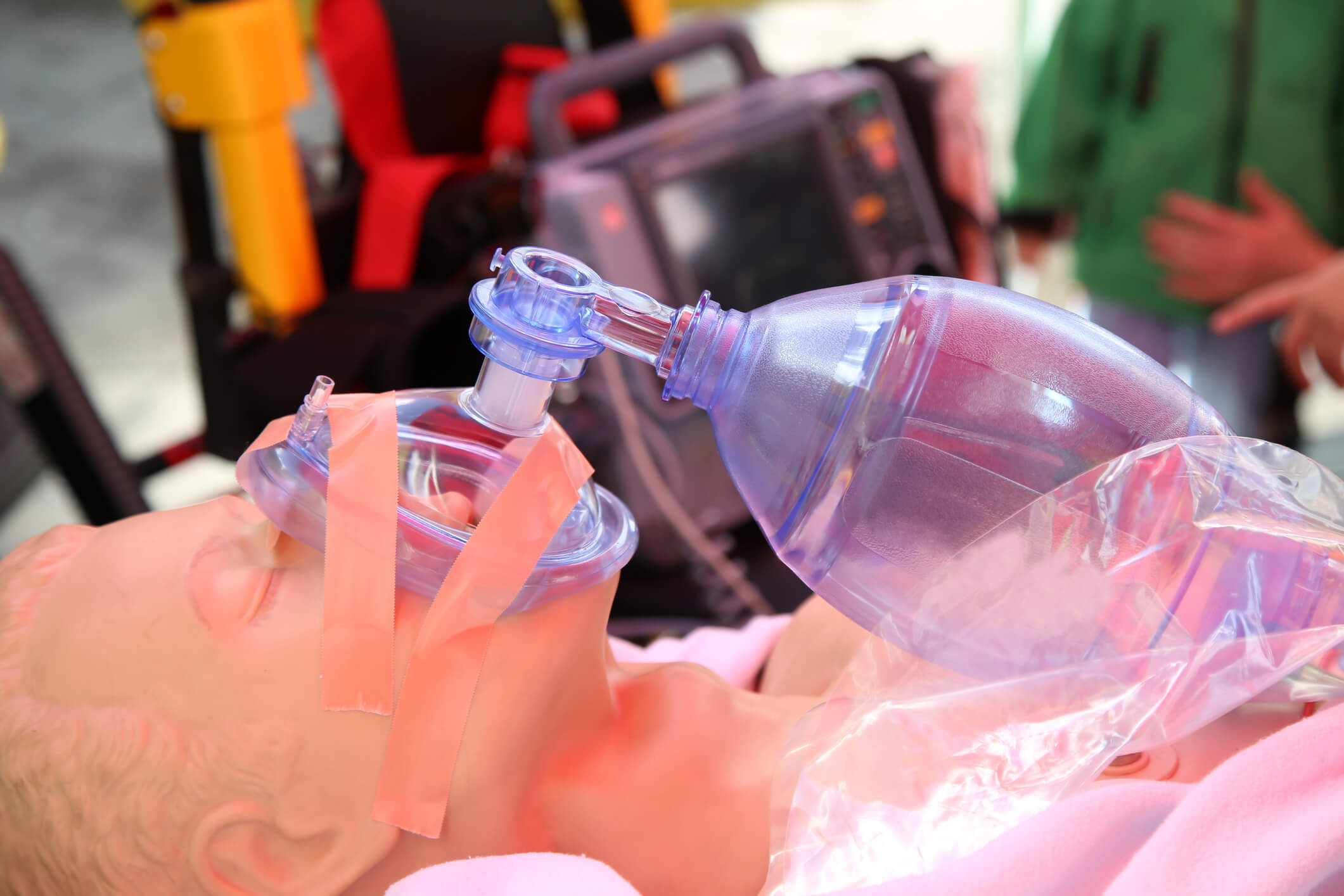
Proper airway management in emergency medical settings can be life-saving and may prevent other complications, such as hypoxic brain injuries. Although most paramedics intuitively understand this, the stress of a high stakes emergency can make it difficult to provide skillful, quality care. Complications are common but largely preventable. Here is your quick-start guide to advanced airway management in 2018.
Dispelling the Myth of the Difficult Airway
Many airway management guides focus on the so-called difficult airway. The truth is that 80 percent of laryngeal injuries follow easy intubation. Often, the paramedic is rushed or using the wrong equipment. This means that in many emergency management settings, protecting the airway simply means slowing down, having the right suction tools ready, and monitoring for potential complications.
To reduce the risk of injuring a delicate airway and to obviate the need for additional interventions:
- Ensure you can see the airway. Blind suctioning can cause serious injuries. It also increases the risk of the airway becoming obscured by broken dentures or injured teeth.
- Choose an appropriately sized suction catheter. One that occludes approximately 50 percent of the internal endotracheal tube (ETT) diameter is ideal. Note that children will need smaller catheters and elders with narrowed airways may also require smaller catheters. Have a variety of catheters available, and ensure they are stored with your portable suction device.
- Do not use a catheter that is less than 40 percent of the size of the ETT, because it will be unlikely to provide sufficient suction.
- Practice suction catheter maintenance best practices, and ensure your team gets regular training on airway management in high-stress situations. It’s especially important to drill and train for tactical medical scenarios, because these high-stakes, high-stress events are both common and linked to medical errors.
Note that knowing what proper airway management looks like in theory doesn’t always translate to adept airway management in practice. To maintain and protect a patent airway, regular training is critical. Training should recapture the environment in which first responders actually work. A low-stress classroom offers a vastly different experience from the scene of a natural disaster or mass shooting. The ability to work well in high-stress, high-pressure situations is critical to your team’s success.
Recognize the Indications for Airway Management
Knowing when the airway needs suctioning is perhaps the most critical component of effective airway management. A patient who cannot clear their own airway will need suctioning. Additional indications include:
- Pulmonary edema
- Airway obstruction, including an obstruction that may not be visible and may not yet be identified
- Traumatic obstruction
- Swollen or closed airway
- Raspy sounds coming from the patient’s airway
- A hoarse-sounding voice
Follow Airway Management Best Practices
Proper airway management prioritizes preventing hypotension and hypoxia. The following best practices can support this goal:
- Prevent hypoxia by pre-oxygenating. When working with a patient in bed, elevate the head of the bed. Offer apnoeic oxygenation with a nasal cannula. When oxygen saturation falls below 93 percent, halt intubation efforts.
- Prevent hypotension with fluid resuscitation and, where possible, via inotrope infusion. Monitor the patient for signs of shock and continue with transport, even if oxygen levels return to normal.
Have the Right Equipment Ready
Having well-maintained, fully charged, portable airway management equipment is half the airway management battle. It doesn’t matter how skillfully your team manages airway obstructions if they lack the necessary equipment.
In today’s emergency management environment, a portable suction unit is a must. Store a variety of disposables, including catheters of varying sizes, in your tactical bag. It’s also incumbent on EMS professionals to have a power source and backup batteries available, especially in the event of a mass casualty.
For more tips on airway management and for help choosing the right portable suction for your agency’s needs, read The Ultimate Guide to Purchasing a Portable Emergency Suction Device.















